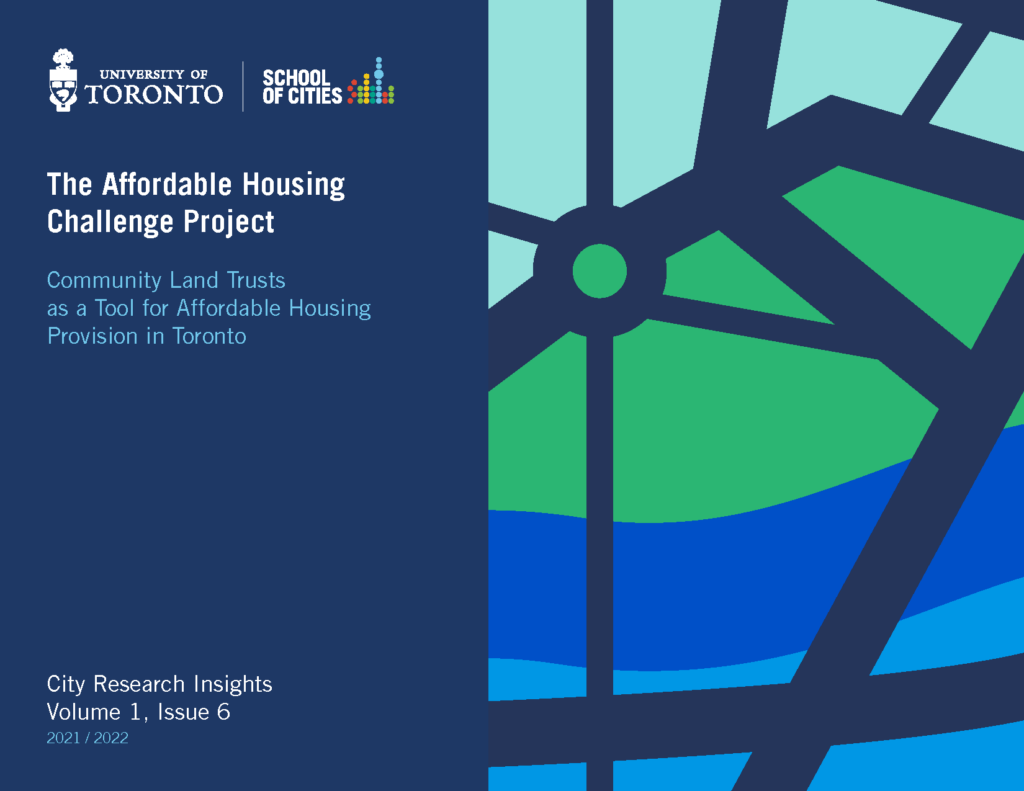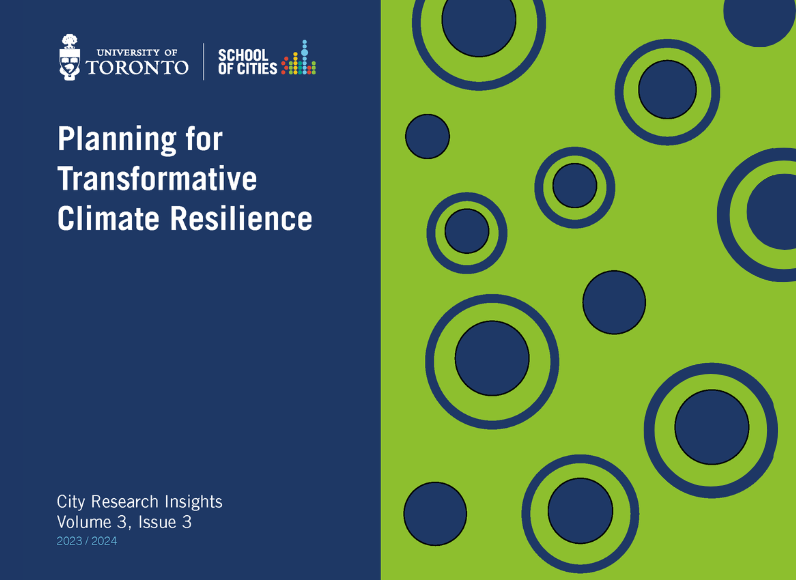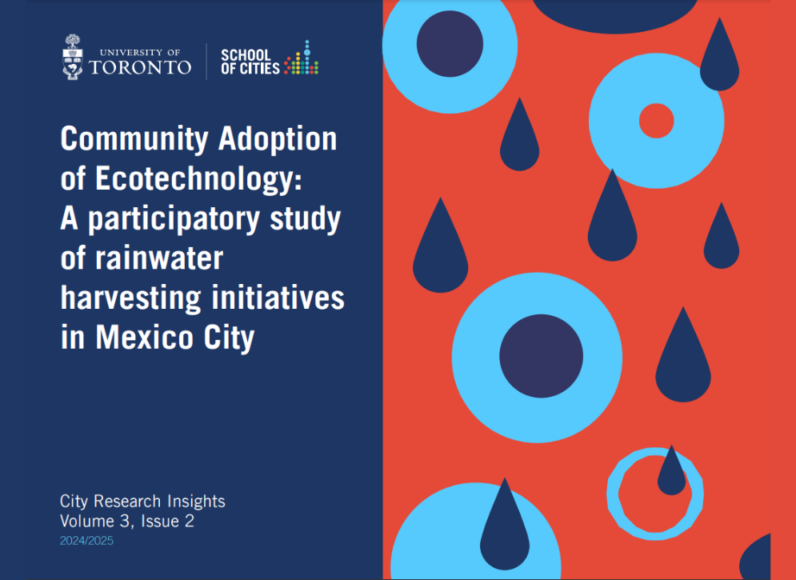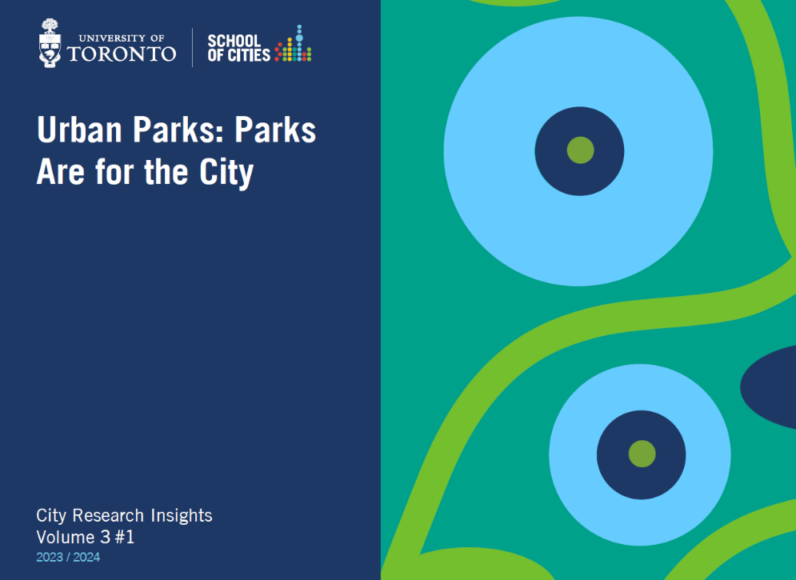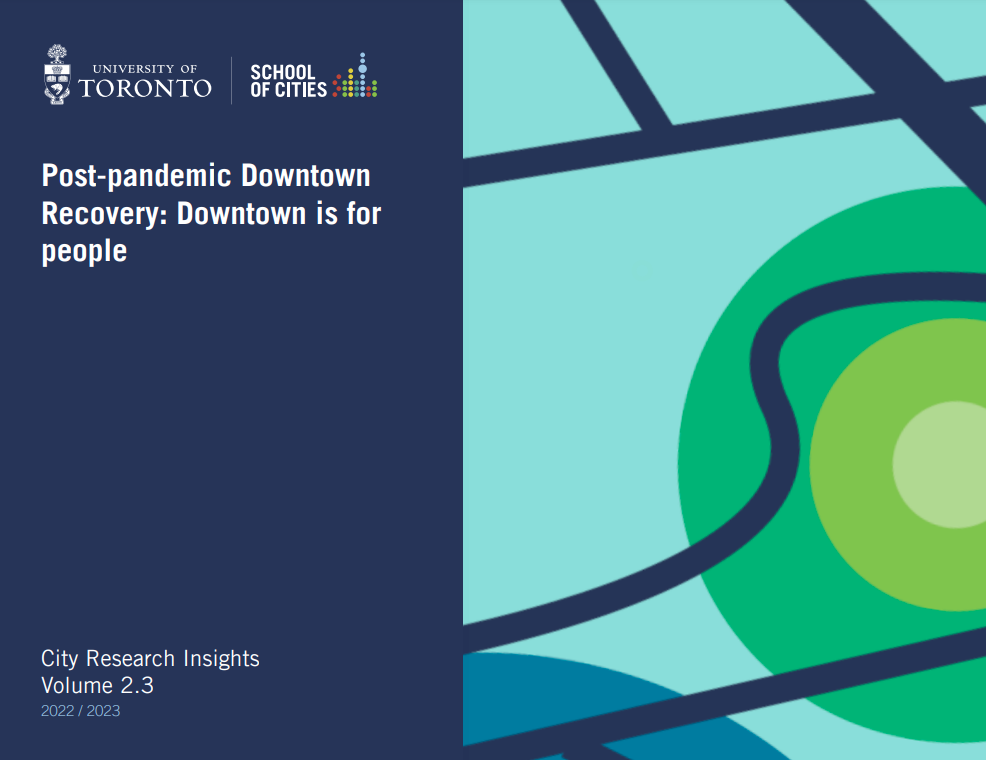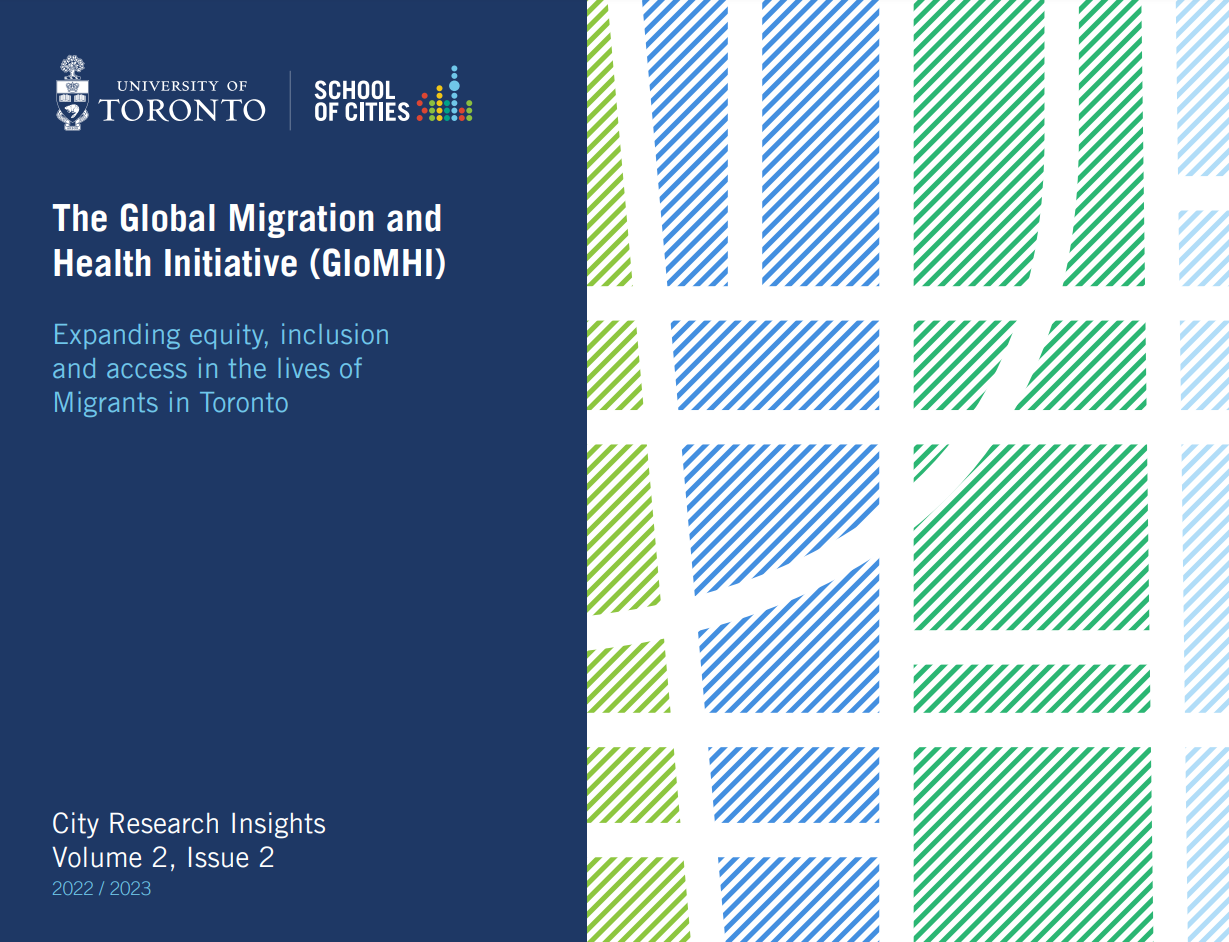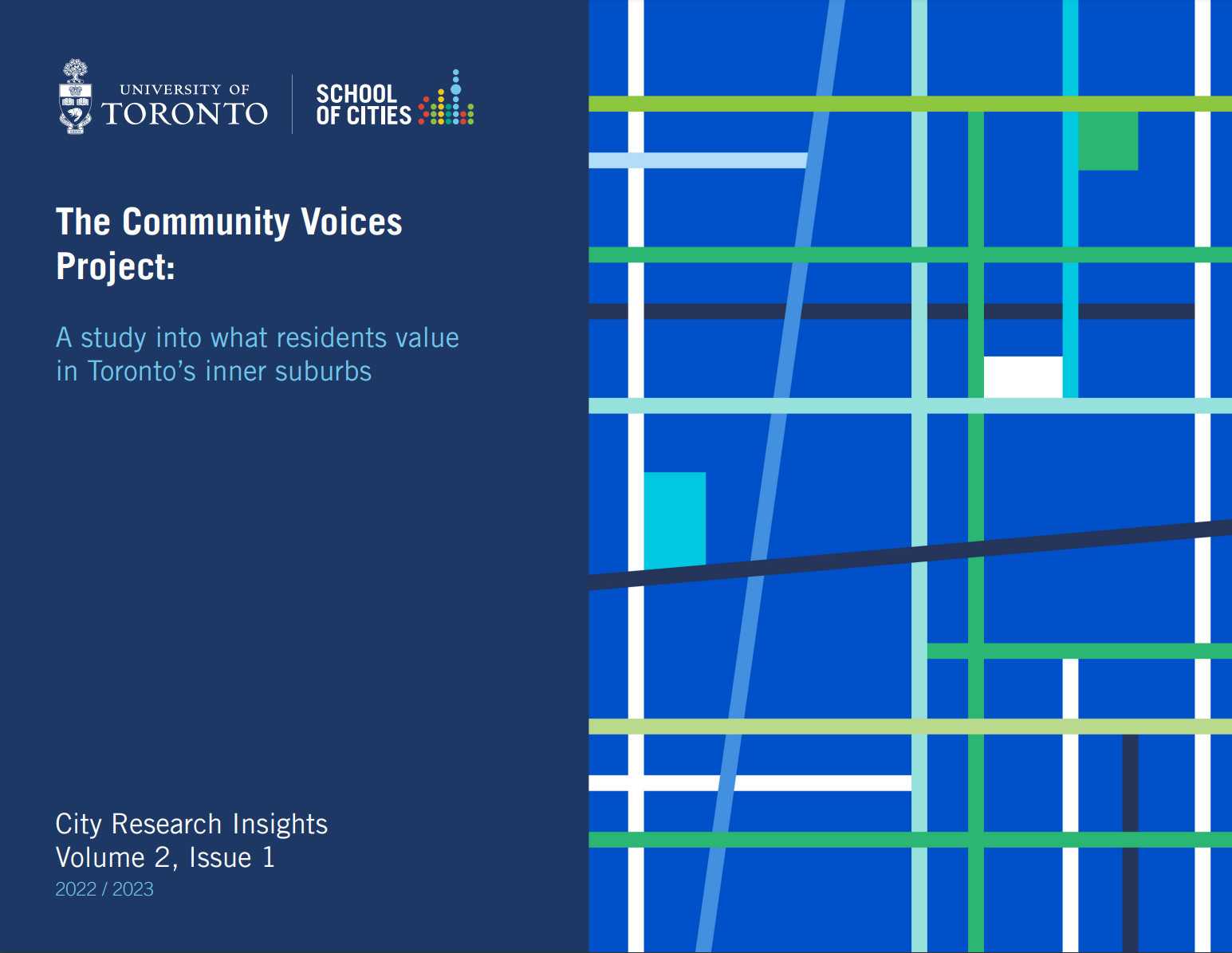Meet the experts behind this issue: Susannah Bunce and Alan Walks
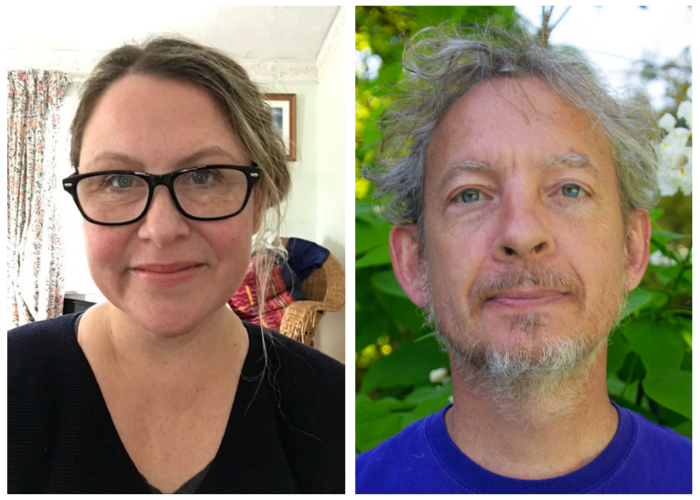
- Tell me about your work on CLTs and the Affordable Housing Challenge Project (AHCP) more broadly.
Susannah: I started researching community land trusts in 2009 when I received a SSHRC grant in collaboration with a researcher at Boston University to do a comparative study on urban community land trusts in the US, UK, and Canada. That research evolved into my work with the Affordable Housing Challenge Project in 2019. We wanted to do community-engaged work around affordable housing provision in the City of Toronto. My interest in community land trusts and Alan [Walks]’s interest in affordable housing provision have coalesced to think about the CLT model as a way to support community organizations to develop capacity, create supportive organizational structures, and acquire land for affordable housing.
- How does your work on CLTs fit into the broader goals of the AHCP?
Susannah: The Affordable Housing Challenge Project started out as one of the first Urban Challenge Grant projects at the School of Cities. In collaboration with Mark Fox, who was the SofC Research Director at the time, we started to think about some community-engaged ways to encourage different kinds of actors to get involved in affordable housing provision in Toronto and to solve the housing crisis. We also wanted to investigate issues around affordable housing – the challenges that people have in acquiring or accessing affordable housing in the city, both rental and home ownership.
- What makes CLTs a particularly good tool for creating more affordable housing in Canada?
Susannah: Community land trusts have a long history of use as a model to separate land values from the cost of housing. Generally, it’s a non-governmental non-profit organization that owns a title to the land, and then any housing that’s on that land is either sold to homeowners or rented out to tenants. In most cities the land value is what escalates the price of housing and not the actual price of the building itself. By creating a ground lease agreement between a homeowner or tenant who buys or rents a house on land owned by the CLT, there can be limits placed on future profits made from selling the home and on increases in rental costs. This means that housing can stay at the same rate for many years.
- Is there anything that makes CLTs in Toronto unique from CLTs in other Canadian cities like Vancouver or Montreal?
Susannah: In Toronto, the first CLT was created in the 1980s, and it’s still in operation. But it was quite slow to pick up in other Canadian cities. Even now, there are approximately 20 community CLTs in Canada, while in the UK there are over 300 and roughly the same number in the US. CLTs vary in size and scale, and some of them are pan-city and have parcels of land across the whole city, while others are embedded in place in a neighbourhood environment. In Toronto, we see more community-based or neighbourhood-oriented CLTs, and there’s been a recent burst of neighbourhood-based CLTs happening in the city. Their focus is on protecting affordable housing but also engaging with an explicit social justice focus and working with diverse populations. CLTs in Toronto are also doing work to raise public awareness around issues of gentrification and injustice in the city.
- What are the benefits of community land trusts to communities, as well as to municipal, provincial and federal policymakers? Why should they support the development of CLTs?
Susannah: The CLT model is certainly not a panacea for all affordable housing problems. But the model is focused on land stewardship and affordable housing and is geared towards thinking about how to keep land in community hands. The real benefit of a CLT is in decommodifying land. CLTs also raise a lot of interesting questions about how we own property in the city and the impacts of ownership, the role of land as a place for people to live, and people’s right to good quality affordable housing. So the land trust model acts as a public awareness tool and as a tool for community engagement. It’s also a tool for building innovative public participation processes, and for community planning.
- What can policymakers do to support the development of community land trusts? If you could change or create one policy or piece of legislation at any jurisdictional scale, what would it be?
Susannah: It would be the dedication of local government funds towards the acquisition of property by CLTs. Now it’s very ad hoc. CLTs need to do a lot of advocacy work and to work very closely with city councilors and political leaders to make those kinds of arrangements. There are success stories in Toronto, but they’re very much tied to political will. Having a dedicated pool of funds that is open, transparent, and available for community land trusts to develop their organizational capacity and to acquire and manage property would be ideal. There are cases in cities across North America where CLTs have had to sell off property and end their operations because they don’t have the staff and organizational capacity to run the organization.
- How has the affiliation with the School of Cities facilitated the AHCP?
Susannah and Alan: The School of Cities has provided funding, staffing, and communications support since the formation of AHCP in 2019. The support of the School of Cities has allowed us to build a tri-campus network of faculty and graduate students working on affordable housing issues across the University of Toronto. In terms of specific activities that have been supported, we’ve hosted a popular annual public seminar/webinar series and as a blog series, engaged in community-based outreach with affordable housing advocates and organizations, and advanced support for community land trust initiatives in Toronto.
- What impacts has the AHCP had to date?
Susannah and Alan: In addition to the core work of the AHCP, we have also directly supported CLT organizations in Toronto. Several graduate students who are members of AHCP including Kuni Kamizaki, Chiyi Tam, Sinead Petrasek, and Laura Vaz-Jones have been vital for this work. AHCP has supported the property acquisition and community planning process of the Kensington Market Community Land Trust and the development of a Toronto community land trust network made up of Toronto-based CLTs. We have placed a lot of emphasis on building trustful and supportive university-community collaborations, where the needs of communities are placed front and centre.



